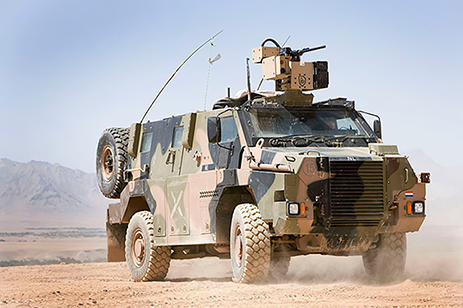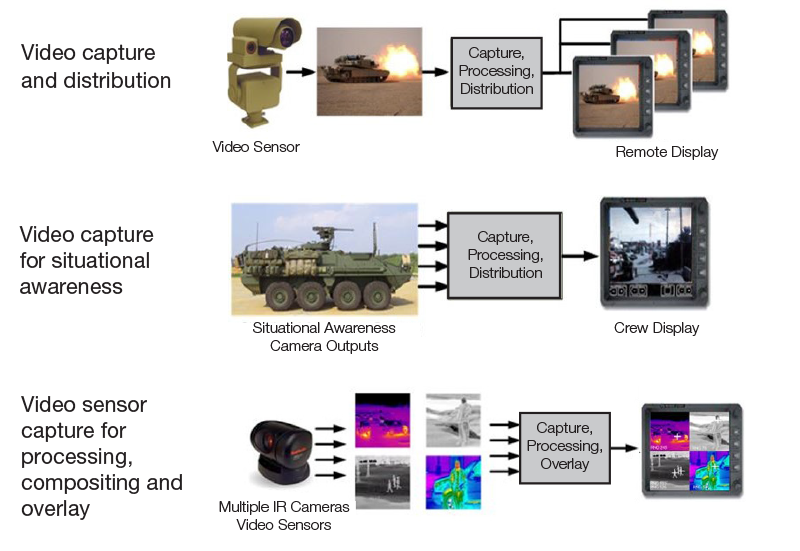
Modern gaming systems have driven the need for powerful, versatile graphics processing units (GPUs) that can handle an ever-evolving variety of software applications. These robust, high-performance GPUs have migrated into the embedded aerospace and defense markets where they have enabled next-generation video processing in deployed applications. While integrated graphics on a Single Board Computer (SBC) may be sufficient for many video display applications, highly intensive video applications such as embedded training, 360° situational awareness, degraded visual environments (DVE), and complex moving maps require specialized graphics processors to meet their high performance and multi-head display requirements. In instances where critical performance levels, support for Real-Time Operating System (RTOS) drivers, or safety certification is needed, these dedicated embedded graphics modules are often a more suitable and lower-risk technology choice.

Discrete GPUs: The Challenges
Designing a graphics-intensive application can be challenging, and will often require components sourced from many different vendors. Sourcing graphics hardware from one vendor, graphics drivers from a second, and operating system software from another can be problematic. If issues occur during development or integration, the customer may find themselves shuffled back and forth between multiple vendors in an attempt to get the system operational.
Furthermore, components from different vendors may not be interoperable, causing difficulties in diagnosing performance issues with the system. Many suppliers focus on only hardware or only software and are not able to provide a complete graphics solution. Rugged, embedded applications must also find a solution to meet their unique mission needs that is effective in a range of temperatures while maintaining low power, SWaP-optimized footprint. Not only is the performance of the hardware and software important, but the availability, length, and quality of vendor services play a major role in ensuring a program’s success and long-term investment protection. Finding a happy medium between all these considerations can be time-consuming and frustrating, causing delays in system design, and consequently, deployment.
Download the white paper to learn more.
- The challenges to embedded graphic integrators
- Single point of procurement for total graphics solutions
- DO-254 & DO-178 safety certifiable graphics